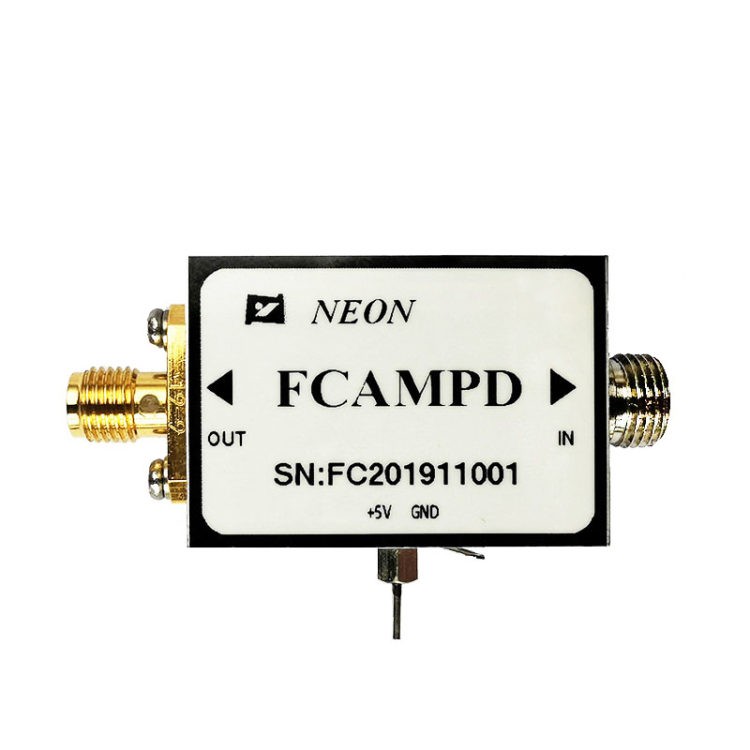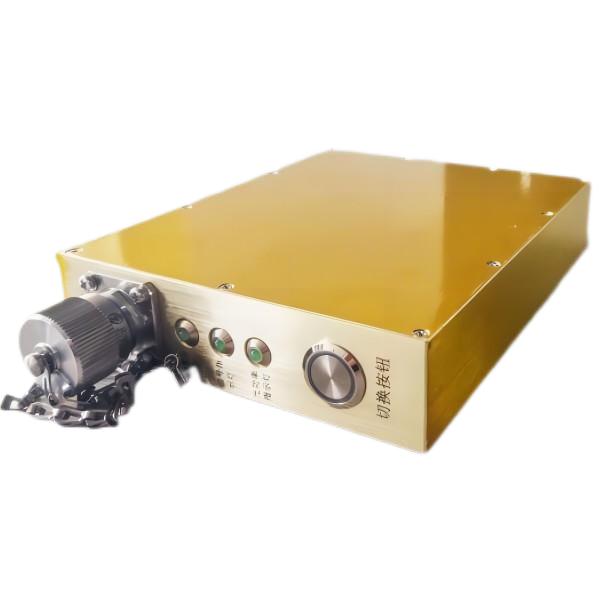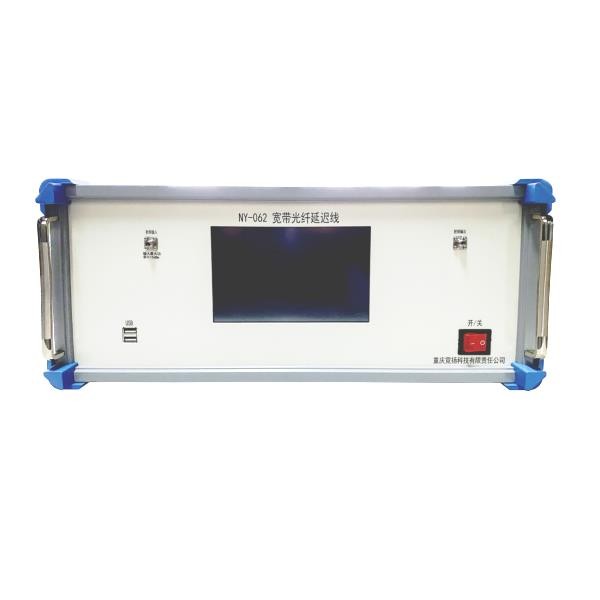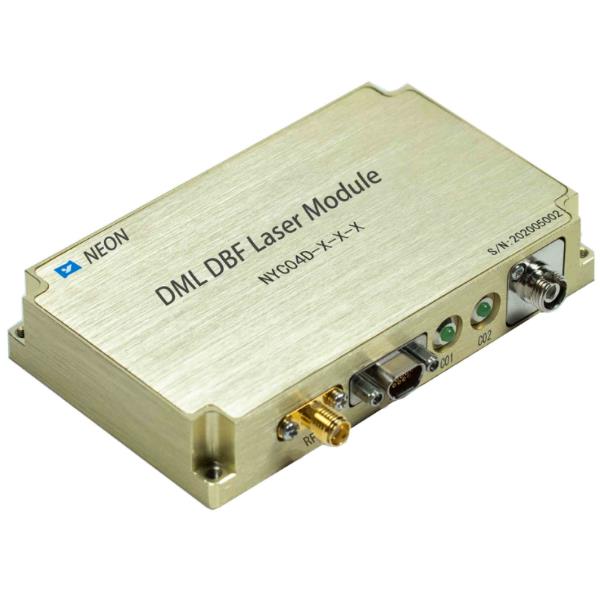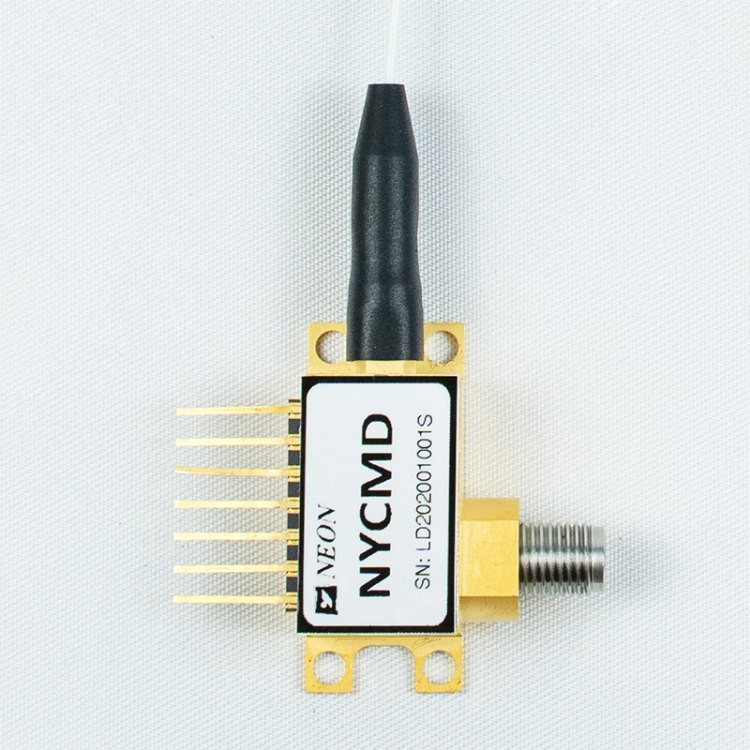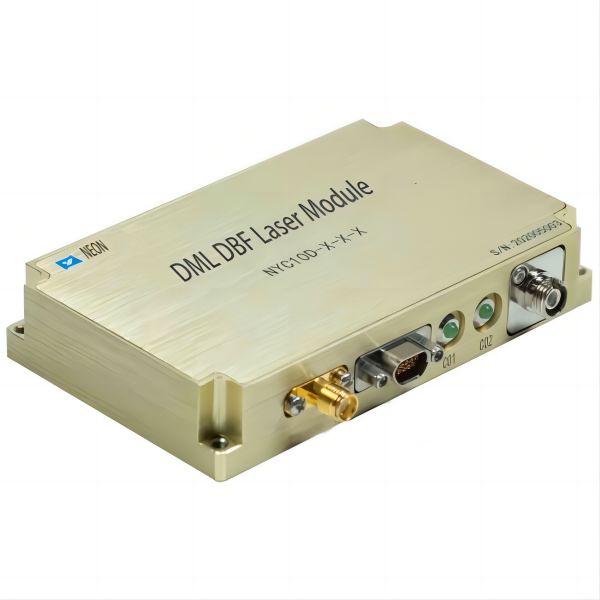Achieving Seamless Compatibility and Interoperability with Multifunctional Optical Transceivers
Multifunctional optical transceivers are devices that combine the functions of a transmitter and a receiver in a single module. Multifunctional optical transceivers are used in optical networks to transmit and receive data over optical fiber cables.
Compatibility and interoperability are important for multifunctional optical transceivers because they allow different multifunctional optical transceivers to work together in the same network. This is necessary for the efficient and reliable operation of optical networks.
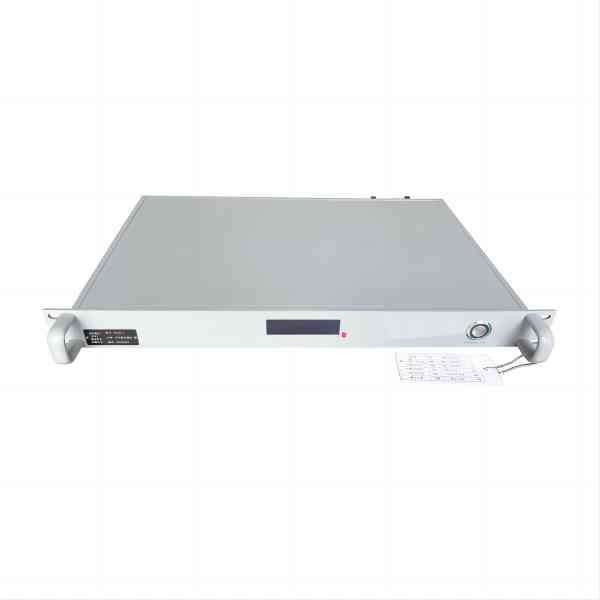
What Is Multifunctional Optical Transceivers Compatibility?
Multifunctional optical transceiver compatibility refers to the ability of different multifunctional optical transceivers to work together in the same network. There are three main aspects of multifunctional optical transceiver compatibility: physical compatibility, electrical compatibility, and protocol compatibility.
- Physical compatibility refers to the ability of different multifunctional optical transceivers to physically connect to each other. This includes the physical size and shape of the multifunctional optical transceivers, as well as the type of connectors they use. For example, all multifunctional optical transceivers in a network must use the same type of optical fiber connectors.
- Electrical compatibility refers to the ability of different multifunctional optical transceivers to operate at the same voltage and current levels. This is important to ensure that the multifunctional optical transceivers do not damage each other when they are connected together. For example, all multifunctional optical transceivers in a network must use the same type of power supply.
- Protocol compatibility refers to the ability of different multifunctional optical transceivers to communicate with each other using the same protocols. This is necessary for the multifunctional optical transceivers to exchange data and control signals. For example, all multifunctional optical transceivers in a network must use the same type of network protocol.
What Is Multifunctional Optical Transceivers Interoperability?
In addition to compatibility, multifunctional optical transceivers also need to be interoperable. Interoperability refers to the ability of different multifunctional optical transceivers to work together in the same network and to provide the same functionality.
There are two main aspects of multifunctional optical transceivers interoperability: functional interoperability and management interoperability.
- Functional interoperability refers to the ability of different multifunctional optical transceivers to provide the same functionality. This includes the ability to transmit and receive data at the same speeds, as well as the ability to support the same network protocols. For example, all multifunctional optical transceivers in a network must be able to support the same data rates.
- Management interoperability refers to the ability of different multifunctional optical transceivers to be managed using the same tools and procedures. This is necessary to ensure that the multifunctional optical transceivers can be configured and monitored in a consistent way. For example, all multifunctional optical transceivers in a network must be able to be managed using the same network management software.
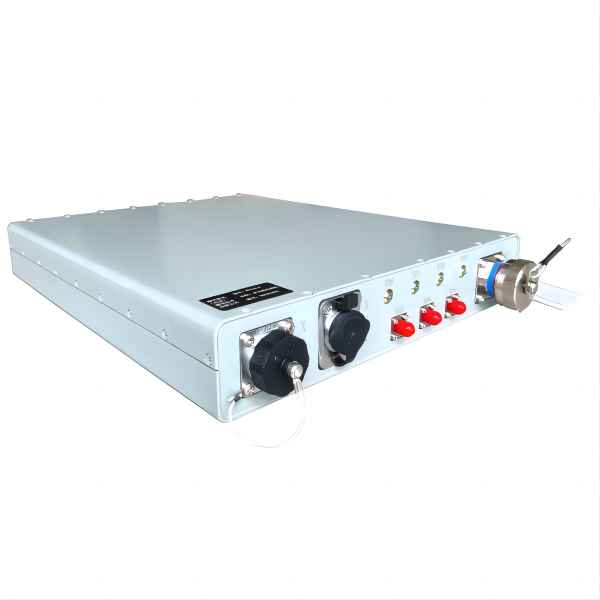
Why Are Multifunctional Optical Transceivers Compatibility and Interoperability Important?
Multifunctional optical transceiver compatibility and interoperability are essential for the efficient and reliable operation of optical networks. By ensuring that different multifunctional optical transceivers can work together, network operators can simplify the deployment and management of their networks, and improve the overall performance of their networks.
For example, if different multifunctional optical transceivers are not compatible, then network operators may have to use different types of optical fiber connectors in different parts of their network. This can make it difficult to manage the network and can lead to performance problems.
Similarly, if different multifunctional optical transceivers are not interoperable, then network operators may have to use different network management software for different parts of their network. This can also make it difficult to manage the network and can lead to performance problems.
The Future of Multifunctional Optical Transceivers Compatibility and Interoperability
The future of multifunctional optical transceiver compatibility and interoperability is likely to be driven by the continued growth of optical networks. As optical networks become more complex, the need for multifunctional optical transceivers that are compatible and interoperable will become even more important.
In the future, we can expect to see multifunctional optical transceivers that are compatible with a wider range of network protocols and that can provide a wider range of functionality. We can also expect to see multifunctional optical transceivers that are easier to manage and configure.
Overall, the future of multifunctional optical transceivers’ compatibility and interoperability looks bright. As optical networks continue to grow and evolve, the need for multifunctional optical transceivers that are compatible and interoperable will become even more important.
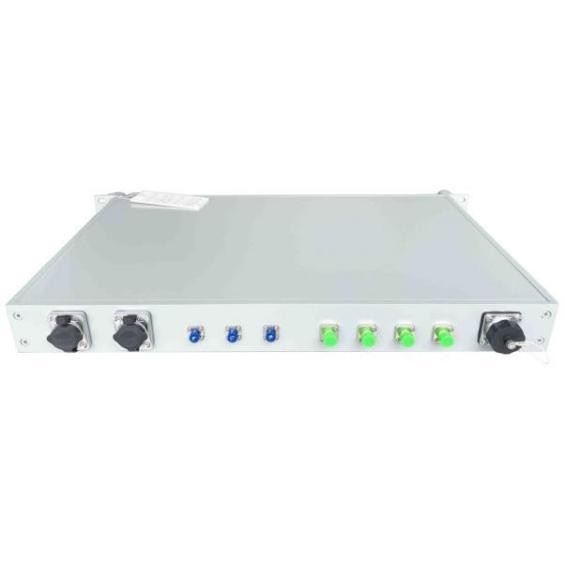
Conclusion
Multifunctional optical transceiver compatibility and interoperability are essential for the efficient and reliable operation of optical networks. By ensuring that different multifunctional optical transceivers can work together, network operators can simplify the deployment and management of their networks, and improve the overall performance of their networks.
The future of multifunctional optical transceivers’ compatibility and interoperability looks bright. As optical networks continue to grow and evolve, the need for multifunctional optical transceivers that are compatible and interoperable will become even more important.


